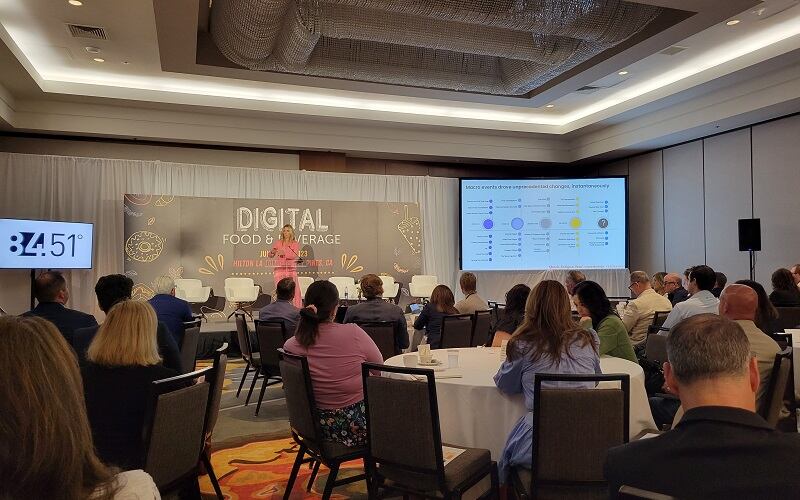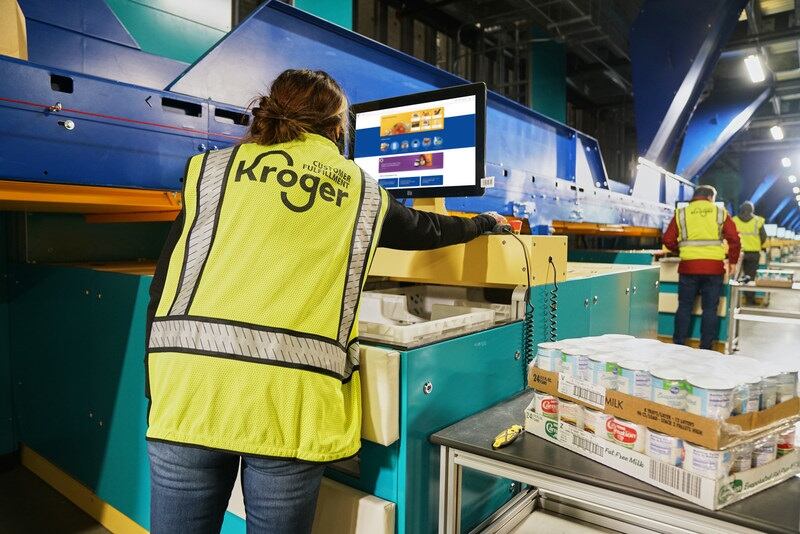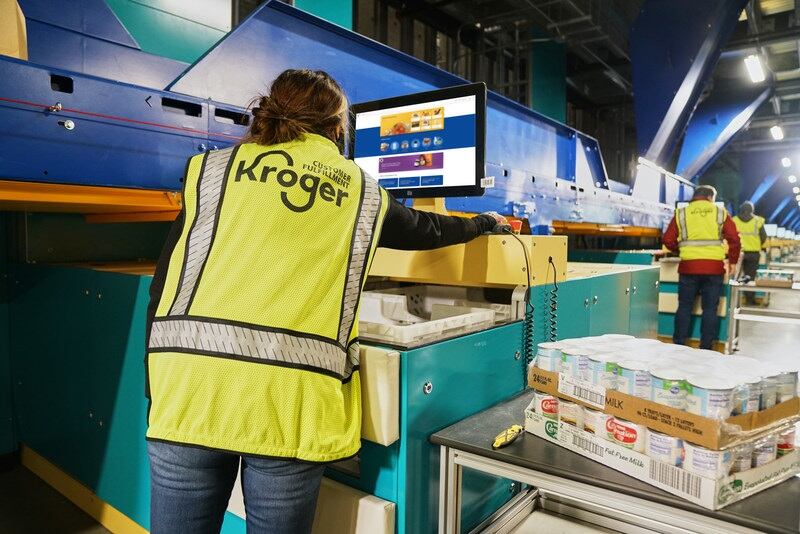“I have found that the retailers and brands ... who are most ready understood the needs of their customers, understood that they were changing over time, and they're able to factor that into their prioritization,” Kinney said, “There's data science out there that will tell you who's most likely to shift and change their needs and change their habits on a dime.”
Reacting to consumer behavior shifts in the moment
Digital commerce is growing fast due to the necessity of the COVID pandemic and is evolving due to challenges including inflation, supply chain issues, the Ukraine war, and more, Kinney explained.
"I hate to say it, but people didn't start trying ecommerce because they wanted to," Kinney said. "If [COVID] hadn't happened, it would have been probably another five years before we would have gotten the ... omnichannel experience that we're looking at."
When it comes to what motivates consumers, convenience, quality, and price are key to their decision-making process, Kinney explained. And over the last three years, the importance placed on these motivators have shifted as consumer reacted to economic and global factors, she said. For instance, convenience was crucial during the start of the COVID pandemic, outweighing the other two, but price has been the key motivator during this inflationary period.
Given these rapidly shifting market dynamics, brands and retailers today will need to use technology and data to determine how the market is evolving over time to capitalize on growth opportunities, Kinney said. “If you can't measure these minute shifts that are happening over time, and you can't see migration patterns and how these hierarchy of needs are shifting, you are really missing out,” she added.
However, while technology is a part of delivering that insight, it’s also crucial to focus on the people providing those insights and the processes in place to act on them, Kinney explained.
“Invest in operationalizing insights to drive business impact,” Kinney said. "I don't want any more tools, no more data, ... but I would rather spend the same amount of time talking about process infrastructure and how we operationalize ourselves with all of these new capabilities coming to bear.”
Humanizing the customer experience, understanding the nuances of behaviors
CPG companies and retailers should take a more humanistic approach to consumer acquisition, Kinney said. "If you're still describing your core customer demographics, you're really, really missing out because I promise you demographics is the least correlated variable to retail preference," she added.
“I don't know if you've sat in the meetings that I've had on over the past 30 years, but the generalizations will blow your mind. I've had folks say, ... ‘We need SNAP online as a payment form because people on government assistance don't have cars.’ Like where do you have that data? Like how do you know that? But so maybe, we need to make it convenient for all shoppers who need to save money that happen to be on ... SNAP benefits. We need to be able to offer the same channels to deliver on their needs than anyone else.”
Similarly, data coming out about current market condition shouldn’t be generalized to every consumer in the same way, Kinney noted. While data shows consumers are trading down, they are trading down for several reasons, which can include things outside of economic factors, she said.
“We think during this economic crisis that all customers must be looking for seven-cents burritos, and they all must be looking for 85% ground beef,” Kinney said. “How we save money and the tradeoffs that we make look different for different people...If you're advising and consulting your organization, please just remember not everything behaves the same. The hierarchy of needs looks different; value looks different for different people.”




